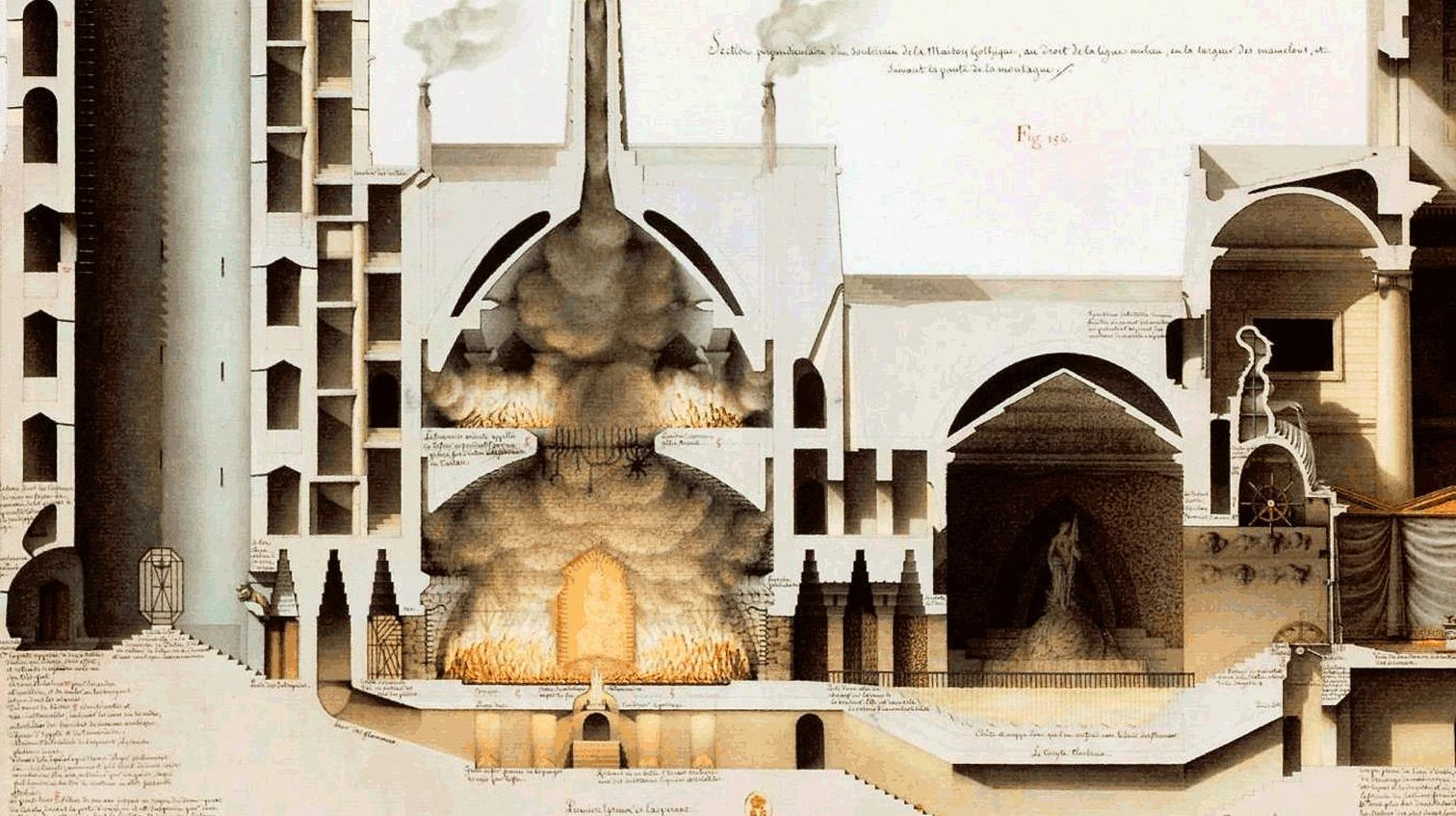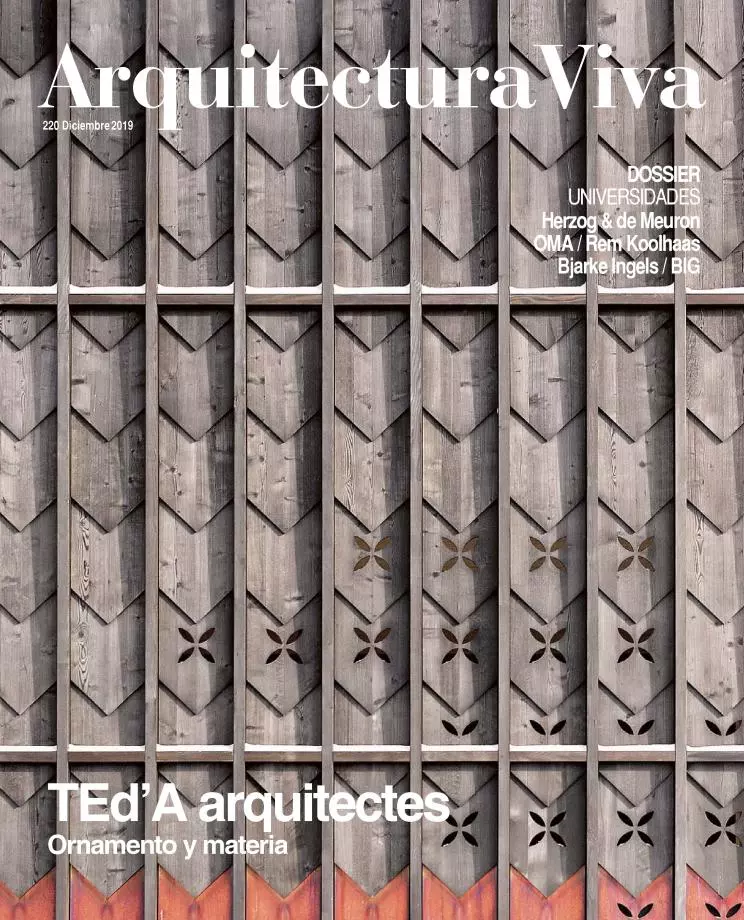
This environmental history deserves a plural name. The architect Eduardo Prieto has carved a 64-facet diamond to explore the ecology and climate dimension of building environment, and the result is a brilliant work that reflects his solid intellectual background and his coming-of-age as a scholar. Divided into four parts named after nature’s four elements, as coined by classical tradition (fire, earth, water, air), the book is structured in four chapters per part and then four sections per chapter, resulting in sixty-four essays that kaleidoscopically tackle the object under study. One could say that the narrative threads are interwoven into a story of the evolution of environmental control, or else that this ensemble of pieces forms a mosaic offering a pixelated picture of the environmental transformations that architecture has undergone, but Prieto does not perceive history as a linear sequence of events, nor as a landscape of developments that can be abridged into the two dimensions of a map, a tapestry, or a mosaic; his history is a three-dimensional matrix composed of the materials, techniques, and ideas that have together shaped the artificial world we inhabit.
It is not possible to summarize the book’s content without reciting the litany of terms that come up over and over again in the different texts: energy, climate, thermodynamics, ecology, hygiene, atmospheres, body, nature, health, comfort… But such an enumeration gives a poor idea of the variety of subjects, wealth of information, and depth of insight of this collection of essays, which draws from scientific, technical, and literary sources to chart an alternative history of architecture where domestic heating or thermal insulation, caves or greenhouses, sewers or gardens take on a central role. Using a visual tool more like the compound eye of insects than like the human lens, Prieto directs an analytical and plural gaze at the 64 themes to orchestrate a genuine polyphonic history, giving material density, technical intelligence, and ecological relevance to the usual monodic account of architecture.
Prieto places his work on the trail of what he calls ‘classical’ approaches to the energy or environment dimensions of the discipline, from the precursor Mechanization Takes Command by Sigfried Giedion to Fire and Memory, by way of The Architecture of the Well-Tempered Environment by Reyner Banham or Thermal Delight in Architecture by Lisa Heschong. As the author of one of these books, Eduardo Prieto’s dissertation co-director (‘Máquinas o atmósferas: la estética de la energía en la arquitectura, 1750-2000,’ which he defended in 2014), and editor of the magazine he has collaborated with for years, my objectivity may be in question. But I have no doubt that the opinion of many and the judgment of time will make Historia medioambiental de la arquitectura another classic, and that it now just needs an English translation to reach a wider readership and an alphabetical index to facilitate navigating in the ocean of data, intepretations, and glints offered by this solid and brilliant carved stone.






